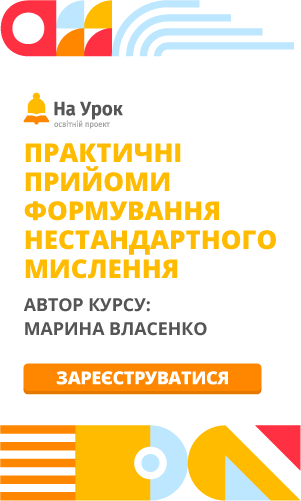Розробка уроку на тему «ST. VALENTINE'S DAY »
St. Valentine's Day has roots in several different legends. One of the earliest popular symbols of the day is Cupid, the Roman god of Love, who is represented by the image of a young boy with a bow and arrow.
Three hundred years after the death of Jesus Christ, the Roman emperors still demanded that everyone believe in the Roman gods. Valentine, a Christian priest, had been thrown in prison for his teachings. On February 14, Valentine was beheaded. The night before he was executed, he wrote the jailer's daughter a farewell letter signing it, «From Your Valentine».
Another legend tells us that this same Valentine, well-loved by all, wrote notes from his jail cell to children and friends who missed him.
February 14 was also a Roman holiday, held in honour of a goddess. Young men randomly chose the name of a young girl to escort to the festivities.
St. Valentine's Day is now a day for sweethearts. It is the day that you show your friend or loved one that you care. You can send candy to someone you think is special. Or you can send roses, the flower of love. Most people send «valentines», a greeting card named after the notes that St. Valentine wrote from jail. Valentines can be sentimental, romantic and heartfelt. They can be funny and friendly. If the sender is shy, valentines can be anonymous.
Americans of all ages love to send and receive valentines. Handmade valentines are created by cutting hearts out of coloured paper. Valentines can be heart-shaped, or have hearts, the symbol of love, on them. In elementary schools, children make valentines for their classmates and put them in a large decorated box, similar to a mailbox. On February 14, the teachers open the box and distribute the valentines to each student. After the students read their valentines, they have a small party with refreshments.
You can write a short rhyme inside the heart:
Roses are red.
Violets are blue,
Sugar is sweet,
And so are you!
Or you can buy valentines with messages in them. If you are shy, you can sign it, «Your Secret Admirer».
1. What is one of the first popular symbols of St. Valentine's Day?
2. What did the Roman emperors demand?
3. Why had Valentine been thrown in prison?
4. What does another legend tell us?
5. What do most people send on this day?
image — образ, зображення
to execute — страчувати
to behead — обезголовлювати
jail — в'язниця
to distribute — роздавати
symbol — символ
ДЕНЬ СВЯТОГО ВАЛЕНТИНА (2)
День св. Валентина сягає коренями декількох легенд. Один із найбільш ранніх символів цього дня — Купідон, римський бог кохання, який представлений в образі маленького хлопчика з луком і стрілою.
Через 300 років після смерті Ісуса Христа римські імператори все ще вимагали, щоб люди вірили в римських богів. Валентин, християнський священик, був кинутий у в'язницю за своє вчення. 14 лютого Валентину відрубали голову. Уночі перед стратою він написав дочці тюремника прощального листа, підписавши його: «Від твого Валентина».
Інша легенда розповідає про те, що цей самий Валентин, якого всі любили, писав записки з тюремної камери дітям і друзям, що за ним сумували.
14 лютого було також римським святом, започаткованим на честь богині. Юнаки навмання вибирали імена дівчат, які супроводжуватимуть їх на урочистості.
Сьогодні День св. Валентина — це день закоханих. Це день, коли ми говоримо друзям або коханим, що ми їх любимо. Ви можете надіслати цукерки тому, хто вам подобається. Або ви можете надіслати троянди, квіти кохання. Більшість людей надсилає «валентинки» — листівки-вітання, названі так на честь св. Валентина, який писав записки з в'язниці. «Валентинки» можуть бути сентиментальними, романтичними, щирими. Вони можуть бути смішними та дружніми. Якщо відправник соромиться, вони можуть бути анонімними.
Американці будь-якого віку люблять надсилати та одержувати «валентинки». «Валентинки», виготовлені вручну, роблять, вирізуючи серця з кольорового паперу. «Валентинки» можуть мати форму серця — символу кохання — або його зображення. У початковій школі діти роблять «валентинки» для своїх однокласників і кладуть їх у велику прикрашену скриньку, схожу на поштову. 14 лютого вчителі відкривають скриньку і роздають «валентинки» кожному учневі. Після того як учні прочитають листівки, вони влаштовують невеликий вечір із закусками та напоями.
Усередині серця можна написати короткий вірш:
Троянди — червоні, Фіалки — блакитні, Солодкі — цукерки, Такі ж, як і ти!
Або ж ви можете купити листівки з готовими написами. Якщо ви соромитеся, то можете підписатися так: «Ваш таємний шанувальник».


про публікацію авторської розробки
Додати розробку
